Small Mammals
1/43
There's no tags or description
Looks like no tags are added yet.
Name | Mastery | Learn | Test | Matching | Spaced |
|---|
No study sessions yet.
44 Terms
List the orders of small mammals you need to know
Order Didelphimorpha
Order Rodentia
Order Lagomorpha
Order Sorciomorpha
Order Chiroptera
What family is in order Didelphimorpha? List the major defining characteristic unique to this family. What species is in this family?
Family Didelphidae
5/4 incisor count + marsupial characters (fenestrated palate, inflected angular process)
Didelphis virginiana - Virginia opossum
List the families in order Rodentia
Family Aplodontiidae
Family Sciuridae
Family Castoridae
Family Heteromyidae
Family Geomyidae
Family Cricetidae (contains subfamily arvicolinae and neotominae)
Family Muridae
Family Erethizontidae
Family Myocastoridae
What species is in Family Aplodontiidae - list two defining characteristics
Aplodontia rufa - protrogomorphous, “acorn teeth”
What species are in Family Sciuridae? What is the condition of the Infraorbital foramen? Of the jaw?
Sciuromorphous IF, sciurognathous jaw
Hesperosciurus griseus - Western gray squirrel
Tamiasciurus douglasii - Douglas (tree) squirrel
Glaucomys oregonensis - Humboldt flying sqirrel
Cynomys ludovicanius - Black-tailed prairie dog
Marmota flaviventris - Yellow-bellied marmot
Otospermophilus douglasii - Douglas ground squirrel
Neotamias senex - Shadow (Allen’s) chipmunk
Neotamias siskiyou - Siskiyou chipmunk
What species are in Family Castoridae? What is the condition of the Infraorbital foramen? Of the jaw?
Castor canadensis
Sciuromorphous, sciurognathus
What species are in Family Heteromyidae and Geomyidae? What is the condition of the Infraorbital foramen?
Heteromyidae -
Dipodomys ingens - Kangaroo rat (giant)
Dipodomys californicus - California kangaroo rat
IF pierces through rostrum
Geomyidae -
Thomomys bottae - Botta’s pocket gopher
IF does not pierce rostrum
What species are in Family Cricetidae? What is the condition of the Infraorbital foramen? Of the jaw?
Myomorphous, sciurognathus
Subfamily arvicolinae - prismatic ct
Microtus californicus - California vole
Arborimus pomo - Sonoma tree vole
Ondatra zibethicus - Muskrat
Subfamily neotominae - semiprismatic ct
Neotoma fuscipes - Dusky-footed woodrat
Peromyscus sonoriensis - Deer mouse
Reithrodontomys megalotis - western harvest mouse
Reithrodontomys raviventris - Salt marsh harvest mouse
What species are in Family Muridae? What is the condition of the Infraorbital foramen? Of the jaw?
Myomorphous, sciurognathus
Rattus norvegicus - Brown (Norway) rat
Rattus rattus - Black (roof) rat
Mus musculus - House mouse
Which species are in order Chiroptera? What is the family? What is the most obvious way to differentiate them?
Family Vespertillionidae
Eptesicus fuscus - Big brown bat - 2 incisors, 4 ct
Myotis lucifigus - Little brown bat - 2 incisors, 6 ct
Corynorhinus townsendii - Townsend’s big eared bat - 2 incisors, 5 ct

Which species fits the following habitat and management concerns?
Habitat: Prefers deciduous forest habitat with permanent water in many habitats, does well in urban and suburban environments; widespread
Management issues: Introduced into western states; may compete with mid-sized carnivores and/or transmit disease
Didelphis virginiana
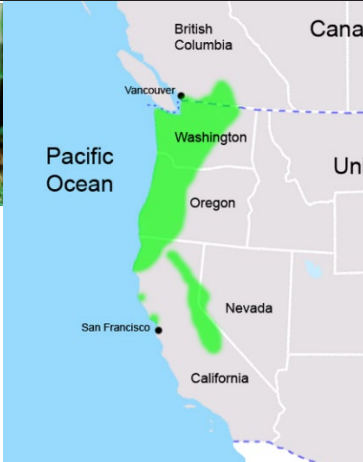
Which species fits the following habitat and management concerns?
Habitat: Moist forests especially in dense brushy areas such as berry thickets
Management issues: Point Arena subspecies endangered; may raid crops or damage planted vegetation; CDFW special concern (3 sub-species endemic to CA)
Aplodontia rufa - mountain beaver
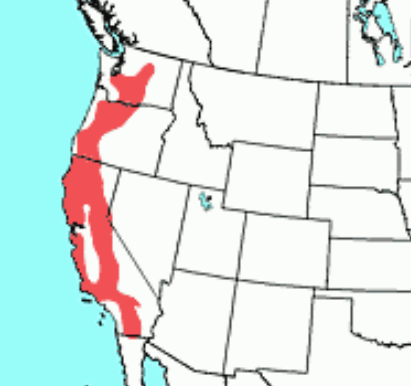
Which species fits the following habitat and management concerns?
Habitat: Forest of oaks and/or conifers
Management issues: Hunted for food and fur; important agents of seed dispersal and can aid in succession by burying forest nuts; may play some role in dispersal of mycorrhizal fungi; raid bird feeders and gardens; use electrical lines as routes of travel - may cause power outages; some damage to corn crops; some destruction of trees in mature forests; threatened by habitat loss, road kill mortality, and disease
Hesperosciurus griseus - western gray squirrel
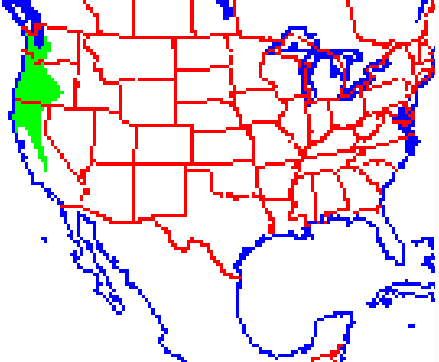
Which species fits the following habitat and management concerns?
Habitat: Primarily temperate conifer forests
Management issues: Important prey species for forest carnivores; dispersal of seeds and fungi; harvested for their fur; can severely damage young trees in plantations and crops in storage; may gnaw on many household items
Tamiasciurus douglasii - Douglas tree squirrel
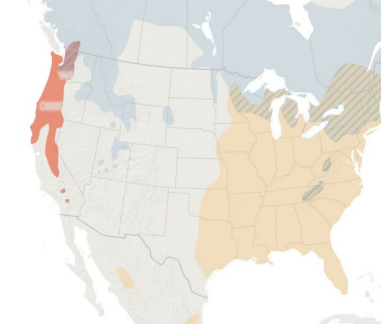
Which species fits the following habitat and management concerns?
Habitat: Northern conifer forests in CA, OR, WA; often found near water
Management issues: Important in dispersal of spores of mycorrhizal fungi and of conifer forests; sometimes selects den sites in houses and barns (pests)
Glaucomys oregonensis - Humboldt’s flying squirrel
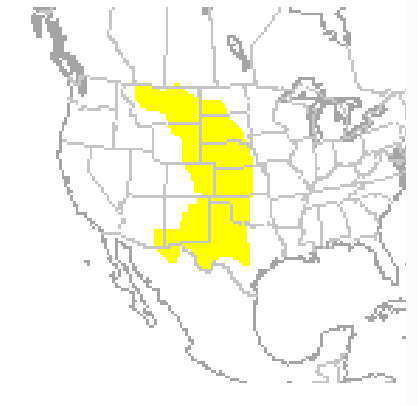
Which species fits the following habitat and management concerns?
Habitat: Temperate grasslands with well drained soils
Management issues: Provide fertilization and create optimal growing conditions for grassland plants - benefits domestic cattle, horses, bison, and pronghorns grazing in those areas; historically considered pests - destroy crops, burrow systems may be hazard for livestock
Cynomys ludovicanius - Black-tailed prairie dog
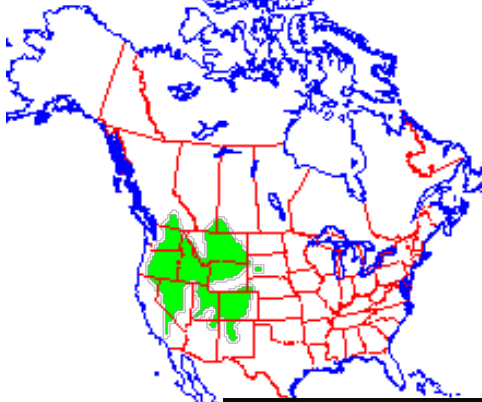
Which species fits the following habitat and management concerns?
Habitat: Overlap pikas at the interface of talus sloped and mountain meadows in alpine, subalpine, and montane zones; somewhat more generalist in habitat than pikas; occurring in montane forests and able to burrow under rocks or scree
Management issues: few issues; may raid crops or be general pests; minor fur bearer
Marmota flaviventris - Yellow-belied marmot
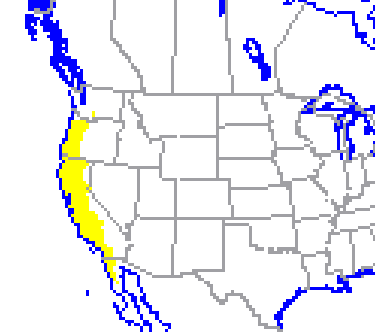
Which species fits the following habitat and management concerns?
Habitat: Stubble fields, fence rows, grazed pasture lands, road sides, active agricultural fields
Management issues: Important prey species; can be agricultural pests by feeding on crops and other vegetation; burrows degrade dikes in ag fields
Otospermophilus douglasii - Douglas ground squirrel
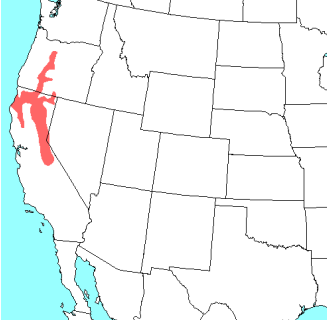
Which species fits the following habitat and management concerns?
Habitat: primarily arboreal and resides in fairly dense, moist, mature forests; forages on low-strewn forest floors and in adjacent chaparral habitat
Management issues: seed dispersers; no major threats; high elevation species generally decreased their range due to climate change; may become pest species at high densities; can damage pine seeds - preventing reforestation
Neotamias senex - Allen’s chipmunk

Which species fits the following habitat and management concerns?
Habitat: Lakes, ponds, rivers, and streams
Management issues: Important historical furbearer; keystone species in riparian habitats; dam waterways; flood properties and managed forests; cut privately owned trees
Castor canadensis - American Beaver
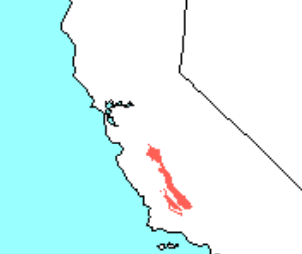
Which species fits the following habitat and management concerns?
Habitat: Endemic to CA, confined to a narrow strip along the San Joaquin Valley and nearby valleys to the west; piedmont plains and (formerly) areas supporting saltbush and perennial grasses
Management issues: Endangered; habitat loss from ag and resource development (solar farms)
Dipodomys ingens - Giant kangaroo rat
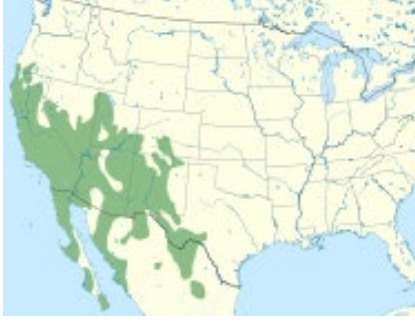
Which species fits the following habitat and management concerns?
Habitat: Spends 90% of its life in its burrow; borrows in various habitats including high mountain valleys, deserts, and sometimes in ag areas with artificial irrigation in the milder climate areas
Management issues: Destruction of underground utility cables and irrigation pipe in ag areas, eat crops; burrowing keeps soil porous and burying vegetation enriches soil; burrows allow run off to sink into soil
Thomomys bottae - Botta’s pocket gopher
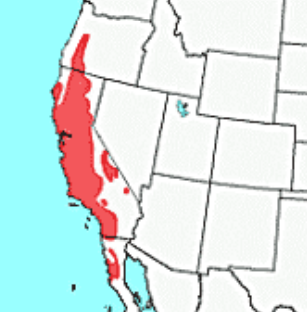
Which species fits the following habitat and management concerns?
Habitat: Most widespread in the state; inhabits the chaparral woodland shrubland
Management issues: During peak population times, numbers are said to exceed hundreds per acre and up to a thousand per hectare, causing conflicts with crop production; important prey for many carnivores; several sub-species are endemic and CDFW species of concern including one that is endangered
Microtus californicus - California vole
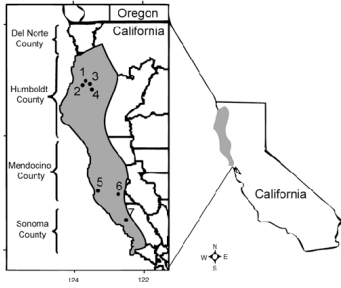
Which species fits the following habitat and management concerns?
Habitat: Old growth douglas fir forest or mixed conifer forest along northern CA coast
Management issues: Low reproductive rate and limited dispersal ability makes species vulnerable to habitat destruction; Large portion of pop occurs on privately owned land w/ no explicit requirements for landowners to protect species or habitat; primary threat is timber harvesting and fragmentation of mature conifer forests; climate change caused wildfires done significant damage to habitats; diet composed entirely of doug fir needles - dependent on specific habitat
Arborimus pomo - Sonoma tree vole
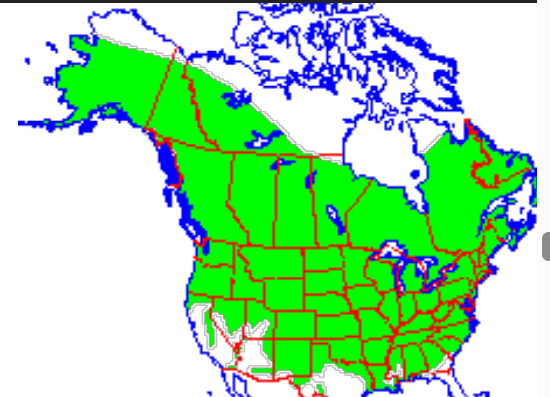
Which species fits the following habitat and management concerns?
Habitat: Semi-aquatic; brackish and freshwater marshes, ponds, rivers, and streams
Management issues: Important furbearer; ag pests - feeds on grains and weaken dikes around marshes
Ondatra zibethicus - Muskrat
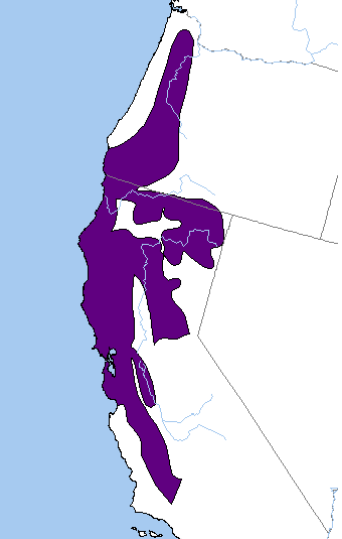
Which species fits the following habitat and management concerns?
Habitat: Lives under cover, near streams and other water sources; generally nocturnal; creates large dwellings out of twigs and leaves
Management issues: Main prey of endangered spotted owls and Pacific Fishers; carries parasites and diseases - leptospirosis and hantavirus
Neotoma fuscipes - Dusky-footed woodrat
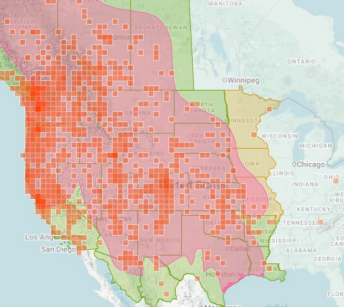
Which species fits the following habitat and management concerns?
Habitat: nest up in large hollow trees; wide-ranging and abundant; occur in a variety of plant communities including grasslands, brushy areas, woodlands, and forests
Management issues: Like other species of the genus, it is a vector and carrier of emerging infectious diseases such as lyme disease and hantaviruses
Peromyscus sonoriensis - deer mouse
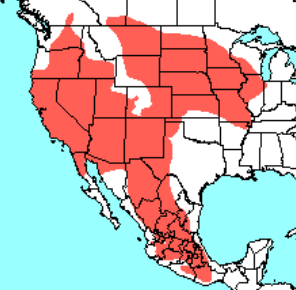
Which species fits the following habitat and management concerns?
Habitat: found in a variety of open areas including grasslands, prairies, meadows, and marshes
Management issues: prey for carnivores and raptors; positively affected by agriculture; grasslands are a threatened habitat type
Reithrodontomys megalotis - western harvest mouse
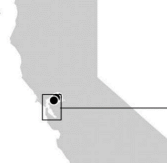
Which species fits the following habitat and management concerns?
Habitat: Salt marshes in san francisco bay area; middle and upper zones of salt marshes; favors pickleweed
Management issues: Endemic to Bay area and endangered; concern for developers
Reithrodontomys raviventris - Salt marsh harvest mouse
Which 2 species fit the following habitat and management concerns?
Habitat: introduced from Asia and Europe; typically peridomestic or in adjacent disturbed habitats
Management issues: Have been selectively bred into the laboratory rat widely used for research and domesticated as pets; possibly the greatest mammal pest of all time; reservoir of bubonic plague and other serious diseases; damage crops, depletion and pollution of human food stores, and chew on wiring, pipes, and walls; economic losses due to them were estimated in 1977 to be $500mil-1bil annually
Rattus norvegicus and Rattus rattus
Which species fits the following habitat and management concerns?
Habitat: Introduced from asia and europe; found in close association with humans (houses, barns, etc.), due to this, able to inhabit inhospitable areas they would not be able to dependently(such as tundra and desert)
Management issues: Commonly used as lab animals; agricultural pests, destroy furniture, etc., and contribute to spread of diseases
Mus musculus - house mouse
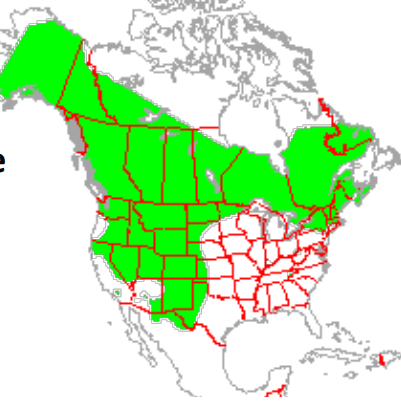
Which species fits the following habitat and management concerns?
Habitat: Diverse; northern conifer forests, alpine, desert chaparral; widespread in western ½ of U.S. except SW
Management issues: Damage to timber trees; salt craving leads to chewing on houses, cars, wood, etc.
Erethizon dorsatum - North American Porcupine
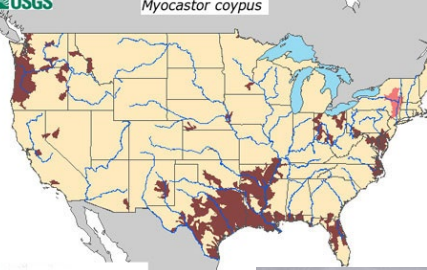
Which species fits the following habitat and management concerns?
Habitat: Aquatic vegetarians preferring brackish streams, ponds, irrigation ditches, and marshes; uncontrolled populations in SE, OR, and WA
Management issues: Introduced from SA for fur; intensively trapped for its fur; considered a serious pest because its burrows damage dikes and irrigation facilities or weaken river banks; feed on vegetation that is vital to maintaining coastlines of SE; raids rice, sugarcane, and other cultivated crops, competes with native species
Myocastor coypus - Nutria
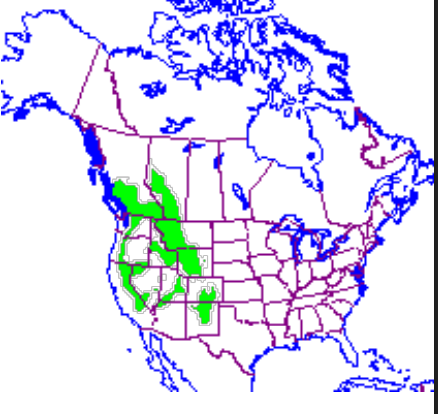
Which species fits the following habitat and management concerns?
Habitat: Talus slopes that include adequate patches of vegetation; generally at higher elevations; require cover of the rock crevices as well as lush plant growth
Management issues: Appear important in maintaining the diversity and abundance of alpine meadow plant species; threatened due to climate change
Ochotona princeps - American pika
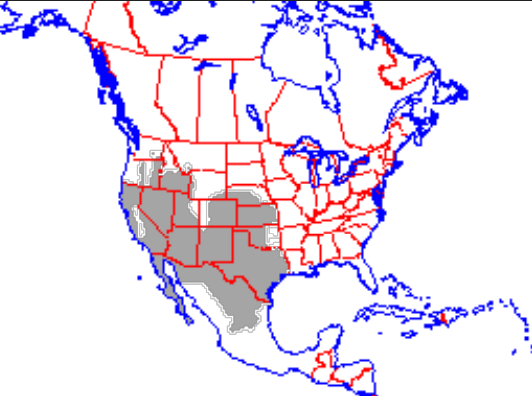
Which species fits the following habitat and management concerns?
Habitat: Generalist that thrives in the semi-arid to arid regions of the SW; most common on range lands and in agricultural areas
Management issues: important prey species; may do considerable damage to farms, forest plantations, and young trees
Lepus californicus - Black-tailed jackrabbit
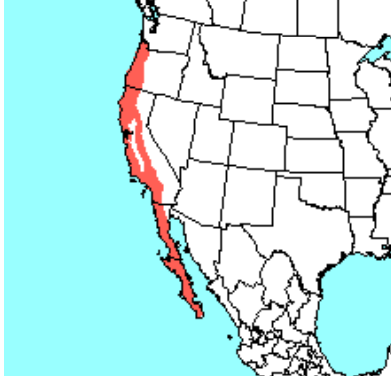
Which species fits the following habitat and management concerns?
Habitat: Dense, brushy cover often along riparian zones or in second growth with adequate grasses or forbs for food; uses burrows but doesn’t dig its own
Management issues: game species; important prey species; damage to crops, trees, and decorative vegetation; riparian brush rabbit is endangered
Sylvilagus bachmani - brush rabbit
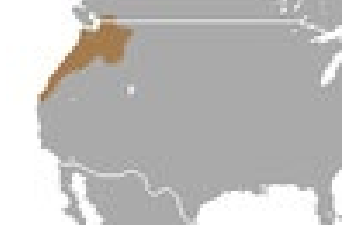
Which species fits the following habitat and management concerns?
Habitat: fossorial animals that construct burrows in a wide variety of habitats; found in nearly every habitat within their range, excluding we swampy ground, they even burrow in sand in close proximity to shifting dunes
Management issues: Aerate soil and control insect pests; considered pests in yards, golf courses, and agricultural areas
Scapanus orarius
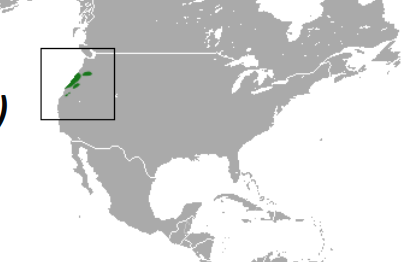
Which species fits the following habitat and management concerns?
Habitat: Inhabits Oregon’s moist streamsides, thickets, and woods; does best in areas with brushy vegetation and fallen decaying logs
Management issues: No major threats have been identified for this species; restricted to part of western Oregon, but is known from at least 50 collection sites; little info on population status but evidently not threatened
Sorex sonomae - Pacific shrew
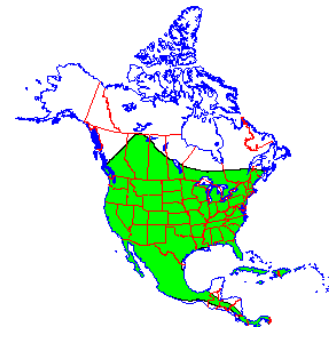
Which species fits the following habitat and management concerns?
Habitat: Cities, towns, and rural areas all over continental US
Management issues: Many people do not like sharing their homes with them; risk of contracting rabies is exaggerated; consume huge numbers of insects, including crop pests and mosquitoes; white-nose syndrome concerns
Eptesicus fuscus - Big brown bat
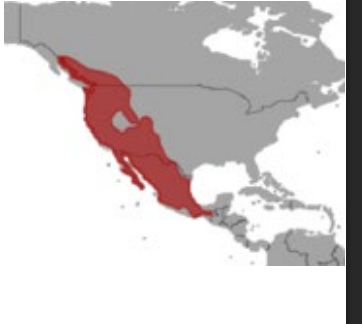
Which species fits the following habitat and management concerns?
Habitat: Wide tolerance of habitat including semi-arid desert regions of the Southwest, arid grasslands, forested regions of the pacific northwest, humid coastal forests and montane forests
Management issues: May cause disturbance by their use of man-made shelters as roosts; the presence of rabies has been detected in specimens, although not at significant levels; consume huge numbers of insects, including crop pests and mosquitoes; white-nose syndrome concerns
Myotis lucifugus - little brown bat
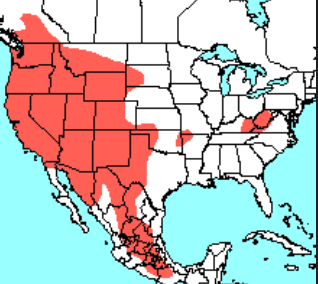
Which species fits the following habitat and management concerns?
Habitat: Most western populations live in montane forests, thick with pine, fir, and aspen trees, and is bounded by shrub and grasslands; at higher elevations, the surrounding vegetation is subalpine; sub-species inhabit the humid coastal area of the Pacific northwest
Management issues: Listed as endangered; consume huge number of insect pests, especially moths; generally does not take up residence near human populations, but their presence in human structures can deteriorate the sanitation and structural quality of the site; the greatest problems seem to be the noise the colony produces as well as the inconvenience of accumulated fecal matter
Corynorhinus townsendii - Townsend’s big eared bat
Which species fits the following habitat and management concerns?
Habitat:
Management issues:
Which species fits the following habitat and management concerns?
Habitat:
Management issues:
Which species fits the following habitat and management concerns?
Habitat:
Management issues: